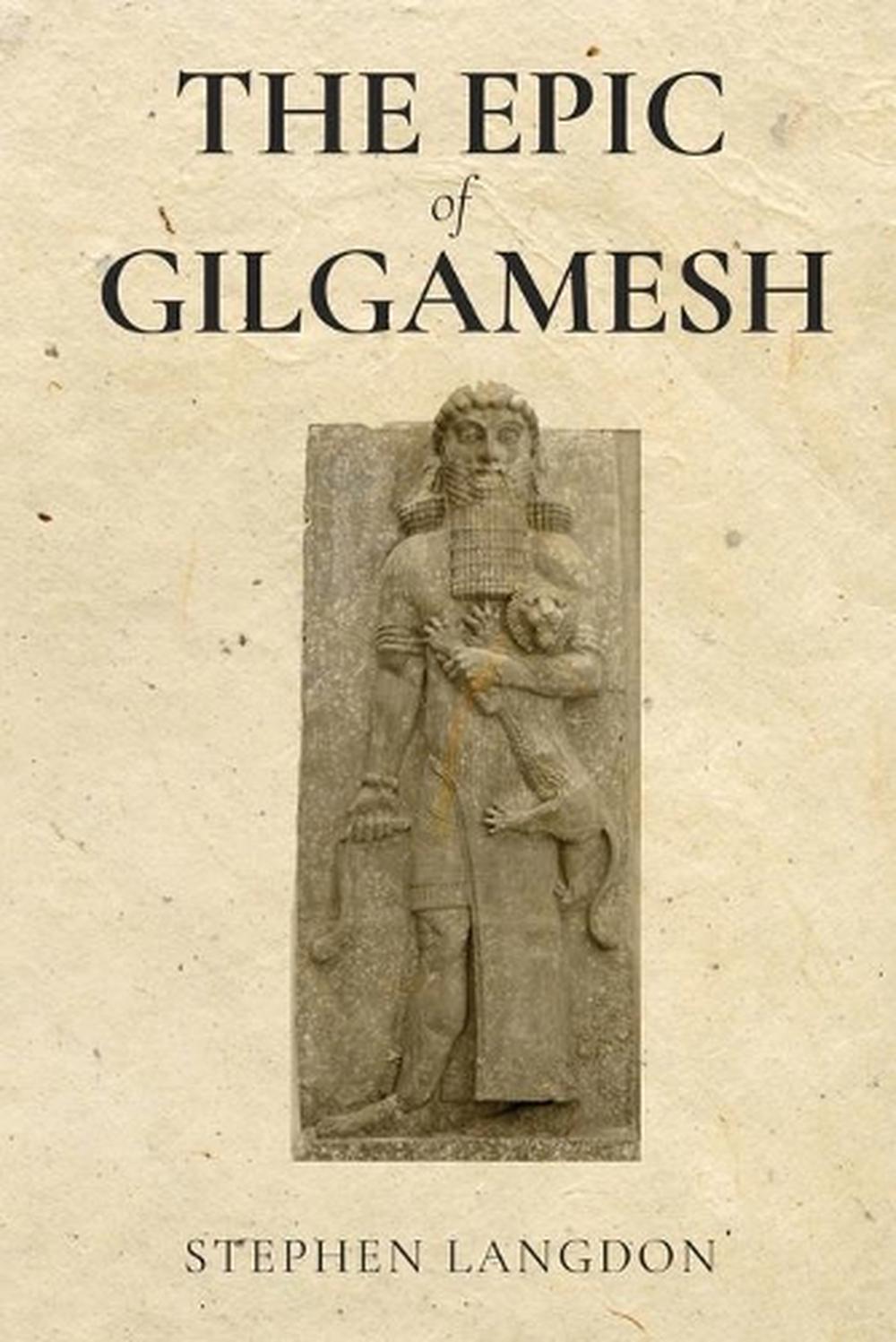

In the prologue to his famous comparison of ancient Flood narratives, Heidel observed that the narratives of the Flood form the most overt parallels between the Hebrew Bible and the Gilgamesh Epic. The story is often repeated (although it may be apocryphal) that when Smith began to decipher the tablet, he became so excited that he began to remove all his clothing.įrom the very inception of the study of the Gilgamesh Epic when George Smith first observed parallels with the biblical Flood, Gilgamesh has been contrasted and companioned with the Bible. Smith discovered the presence of an ancient Babylonian flood narrative in the text, which held striking parallels with the biblical flood story of the Book of Genesis. The Gilgamesh Epic was first translated by self-taught cuneiform scholar George Smith of the British Museum in 1872. He then finally returns home, and the story ends. Gilgamesh finds the plant, but it is stolen by a snake before he can eat it. Utanapishtim cannot give Gilgamesh eternal life, but he tells him the location of a secret herb which will give him renewed youth. He finally meets Utanapishtim, the legendary survivor of the Great Flood. Enkidu dies midway through the story, and Gilgamesh must journey on alone to find the secret of eternal life through the path of the Sun, across the Water of Death. Together, Gilgamesh and Enkidu forge the world’s first known literary “bromance”: they kill the forest guardian, Humbaba, with his seven auras of terror, and fight against the mighty Bull of Heaven-an animal so large that it creates sinkholes with every snort of breath it takes. In the Standard Babylonian Version, Gilgamesh leaves his home city of Uruk (in modern day Iraq) and travels with his best friend Enkidu to have many exciting adventures. For almost two millennia, clay tablets containing stories of Gilgamesh and his companions lay lost and buried alongside many tens of thousands of other cuneiform texts and beneath the ruins of the great Library of Ashurbanipal. The disappearance of the cuneiform writing system around the time of the 1st century CE saw knowledge of the Epic slip into obscurity.


Gilgamesh is written in cuneiform script, considered to be the world’s oldest form of writing (although there is some competition from Egyptian sources). It is generally accepted that biblical authors had knowledge of Gilgamesh’s story, which they used to create allusions and contrasts in the Hebrew Bible (O’Connell 1988, 413-414). Fragmentary copies of the text have been discovered in archaeological excavations from Iraq to Turkey to Megiddo. Legends of Gilgamesh have survived in numerous versions and languages, reflecting the popularity of his character throughout the ancient Near East and beyond. The modern rediscovery of the Epic was a watershed moment in the understanding of the Ancient Near East, one that would bring lasting change to the study of the Hebrew Bible.

The Epic centers on the journey of the legendary Gilgamesh, a king traditionally described ruling over Uruk (an area in modern-day Iraq) around 2700 BCE. His story is recounted in the Epic of Gilgamesh, a literary masterpiece from ancient Mesopotamia. Gilgamesh is the headstrong hero of one of the world’s oldest epics, making him the literary “grandparent” of the many ancient and modern heroes that have followed. The name of the heroic protagonist of the Gilgamesh Epic may be found in a text from the Dead Sea Scrolls known as The Book of Giants. The Flood narrative within the biblical text is not, however, the only point of contact between the two works of ancient literature. The Flood narrative from the Gilgamesh Epic remains the most overt connection between the Hebrew Bible and the Mesopotamian epic narrative, some hundred years after it was first noted by George Smith. There are only a handful of non-cuneiform references to Gilgamesh.


 0 kommentar(er)
0 kommentar(er)
